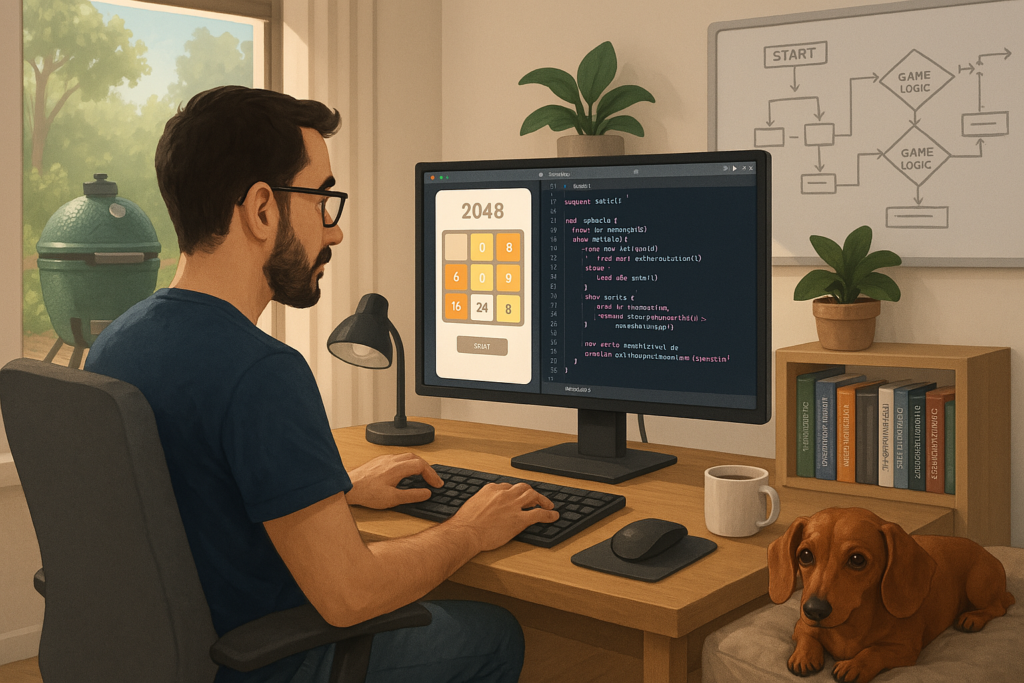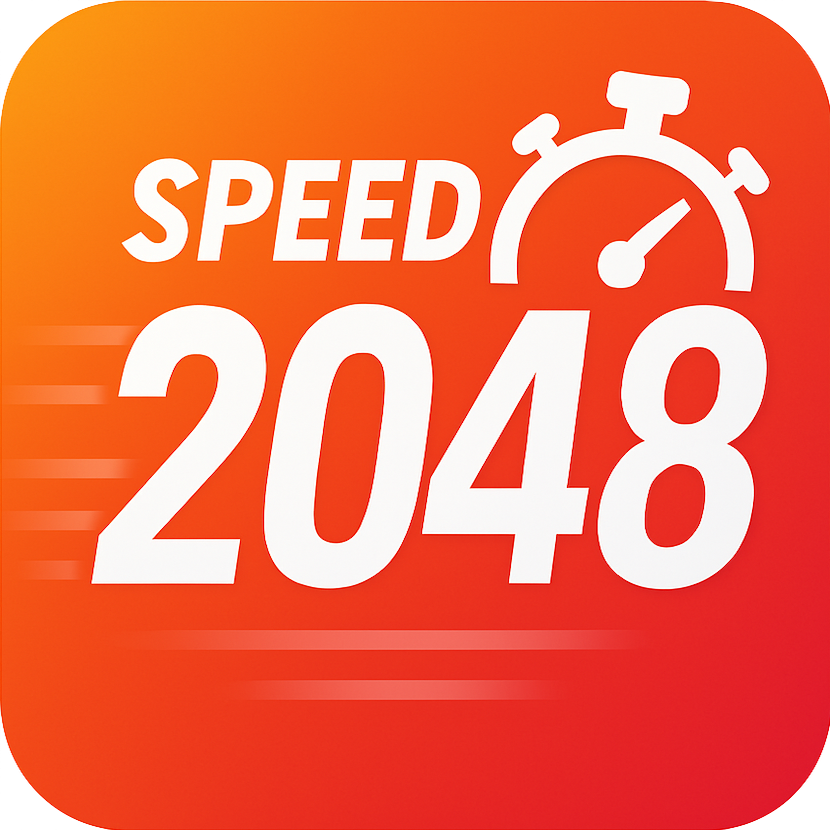Instructional Designer – Code @ Apple
After 9 incredible years at LinkedIn — through wildfires, landslides, a pandemic, elections, org changes, and the rise of A.I. — I’m moving on to my next adventure.
It’s been an absolute pleasure working with such talented, kind, and dedicated colleagues. I’ll always be grateful for the experiences, growth, and friendships I’ve gained.
Couldn’t be more excited to contribute to a company that sparked my passion for coding and inspired me to dive into the world of education.
Excited to contribute to innovative learning experiences!
Photo credit: https://www.fosterandpartners.com/projects/apple-park




